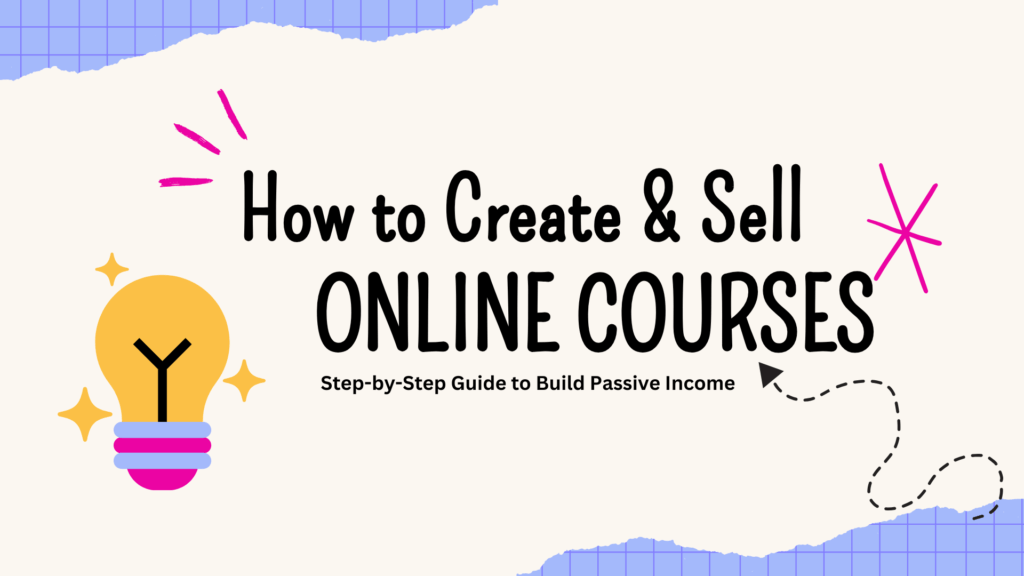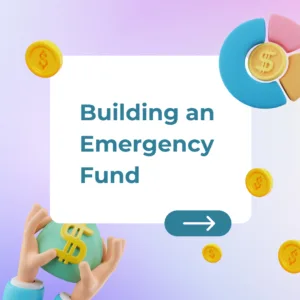Online courses are a booming business, offering a chance to share your knowledge while earning passive income. With the rise of e-learning platforms, creating and selling a course is more accessible than ever. You can gain from this guide if you’re an expert in photography. It will also help you if you’re skilled in coding or personal finance. The guide will show you how to create and sell an online course successfully.


Transform your skill into an income stream. Follow this step-by-step guide to create and sell your first online course.
Step 1: Identify Your Niche and Target Audience. Start by identifying a topic you are passionate about. Ensure you have expertise in it. Research if there’s demand for it. Use tools like Google Trends, Quora, or forums in your niche to find what people are asking for. Define your target audience based on their interests, skill levels, and goals. This will help tailor your content to their needs.


Step 2: Validate Your Course Idea Before you invest time in creating your course, validate your idea. You can do this by conducting surveys, hosting webinars, or offering a free mini-course. Analyze the response and feedback to refine your course idea. Validation ensures you create a product that people are willing to pay for.
Step 3: Plan Your Course Content Outline your course structure by breaking down the topic into modules and lessons. Each lesson should have a clear objective. Decide on the type of content you’ll include, such as video lectures, quizzes, downloadable resources, or live sessions. Use a storyboard to plan the flow of your course.
Step 4: Choose the Right Platform Select a platform that suits your needs and budget. Platforms like Teachable, Thinkific, or Udemy provide hosting, payment processing, and marketing tools. If you want more control, you can use WordPress with LMS plugins like LearnDash.
Step 5: Create High-Quality Content Invest in good equipment for recording videos and clear audio. Use tools like Canva for designing slides or animations. Write scripts to stay organized while recording. Make your content engaging by incorporating storytelling, examples, and visuals. Ensure your course is accessible by adding subtitles and transcripts.
Step 6: Set a Competitive Price Research similar courses to understand pricing in your niche. Consider offering tiered pricing with basic and premium packages to appeal to a broader audience. Include discounts or free trials for initial traction.
Step 7: Build a Sales Funnel Create a landing page with compelling copy and visuals to showcase your course. Use email marketing to nurture leads. Offer free resources, such as eBooks or webinars, to attract potential customers and lead them into your sales funnel.
Step 8: Promote Your Course Leverage social media, SEO, and paid ads to reach your audience. Collaborate with influencers or bloggers in your niche. Utilize platforms like YouTube or Instagram to share teasers and drive traffic to your course.
Step 9: Launch and Gather Feedback Announce your course launch with a webinar or live session. Encourage early students to provide feedback and reviews. Use their suggestions to improve your content and marketing.
Step 10: Scale Your Business Once your course gains traction, consider creating additional courses or bundling them for more value. Build a community for your students to encourage engagement and word-of-mouth marketing.
Creating and selling an online course requires effort and dedication, but the rewards are worth it. By following these steps, you can turn your expertise into a profitable business. You can also make a lasting impact on your students. Start today, and watch your knowledge pave the way for your success.




